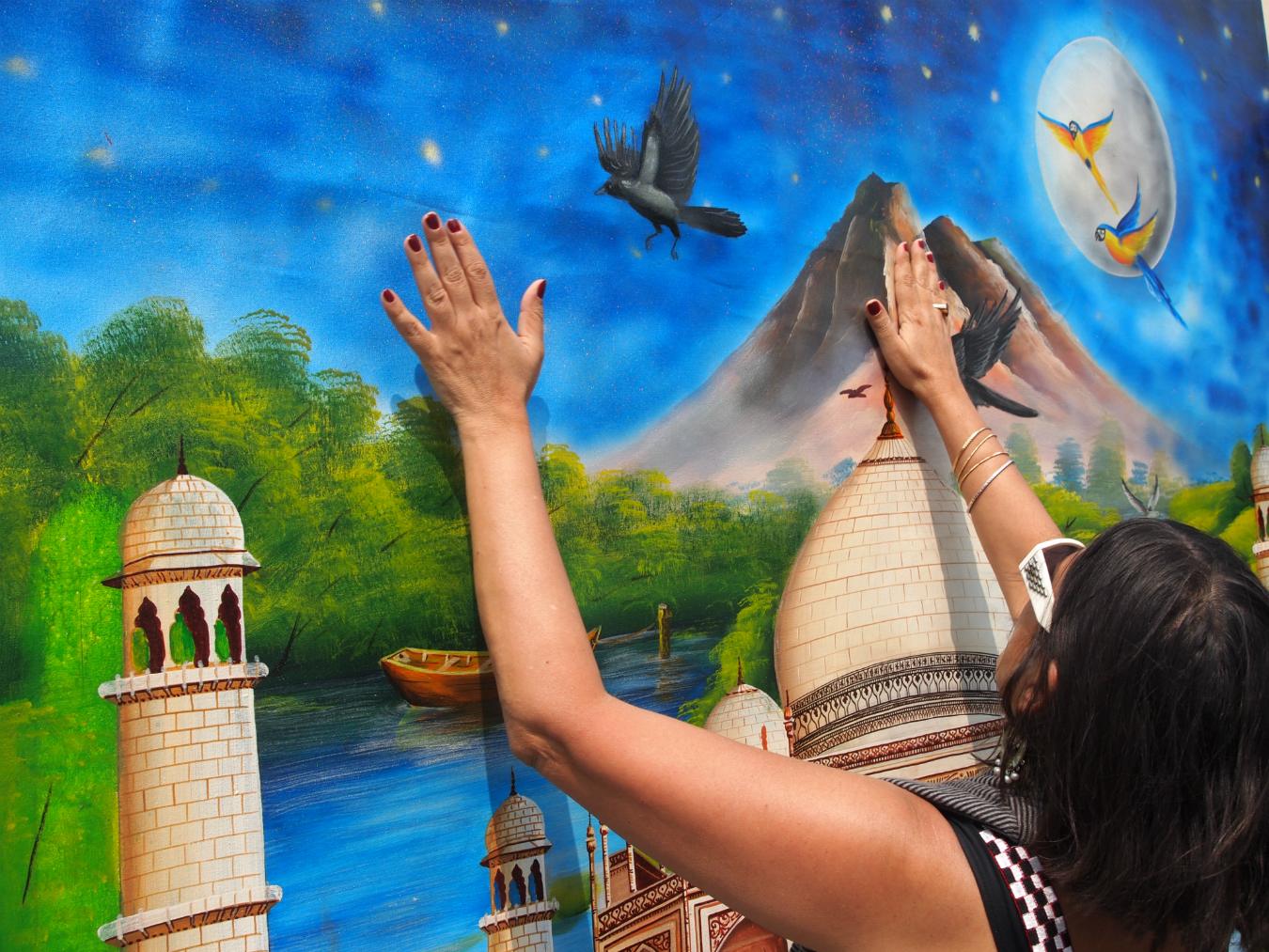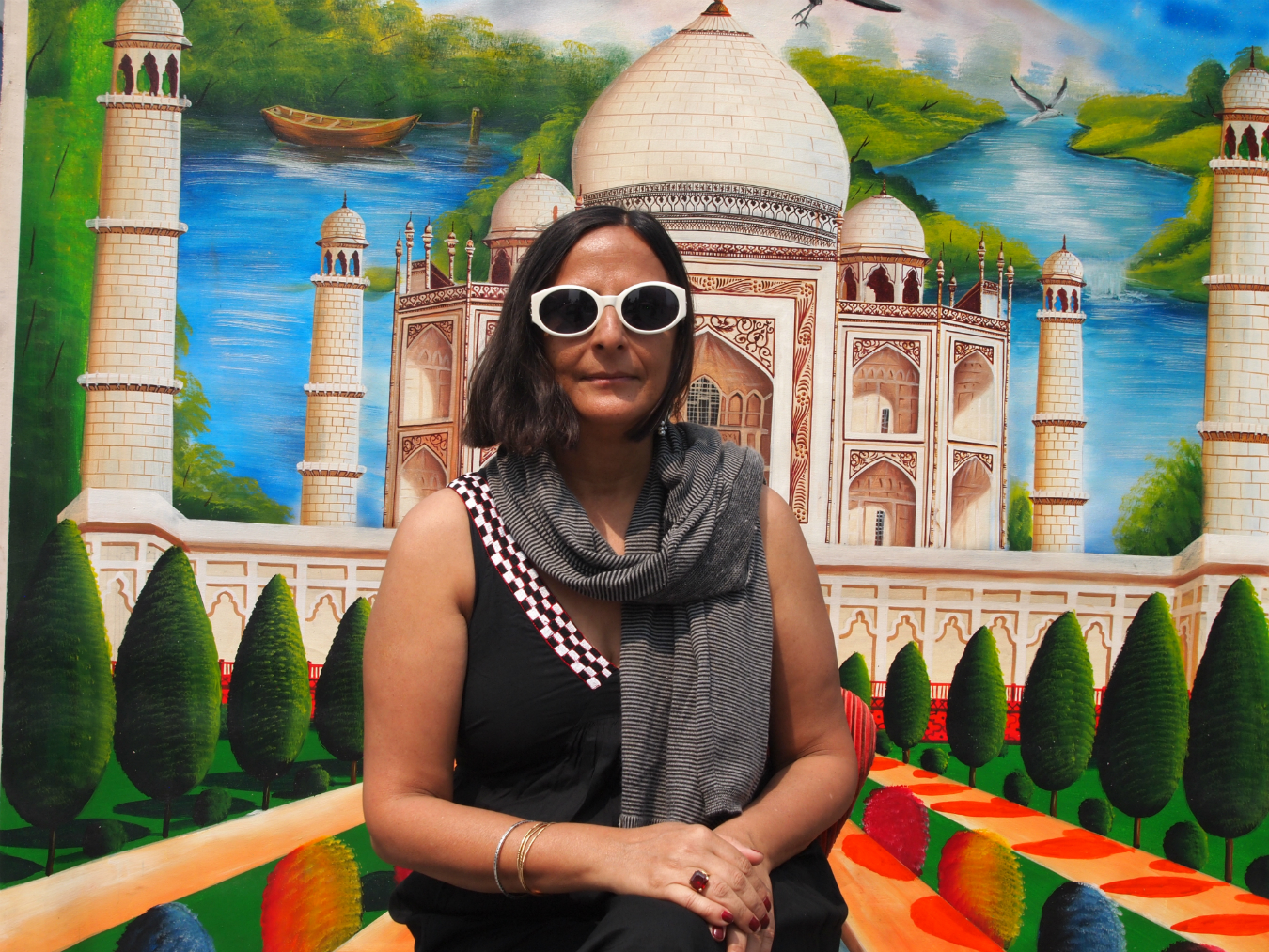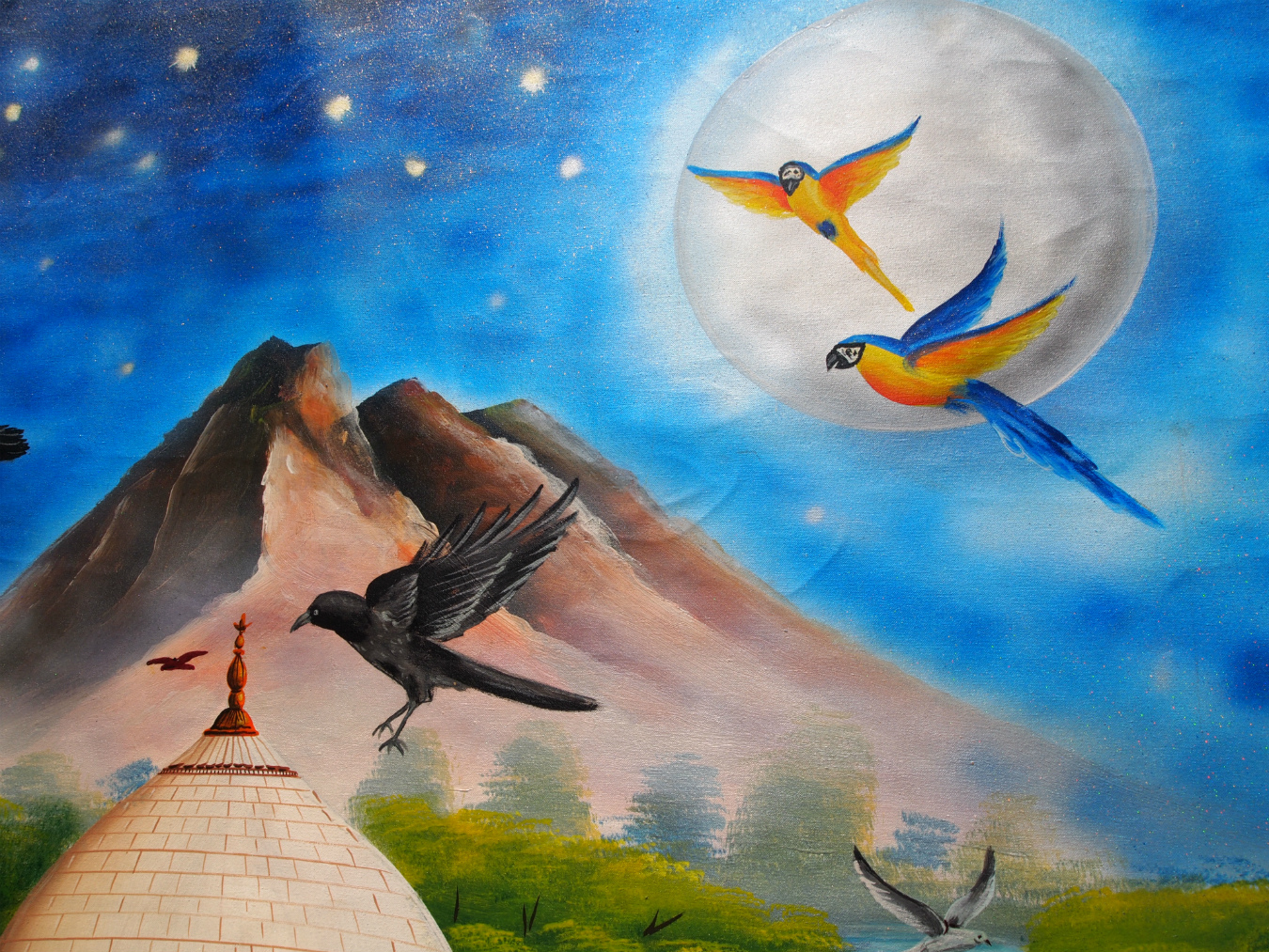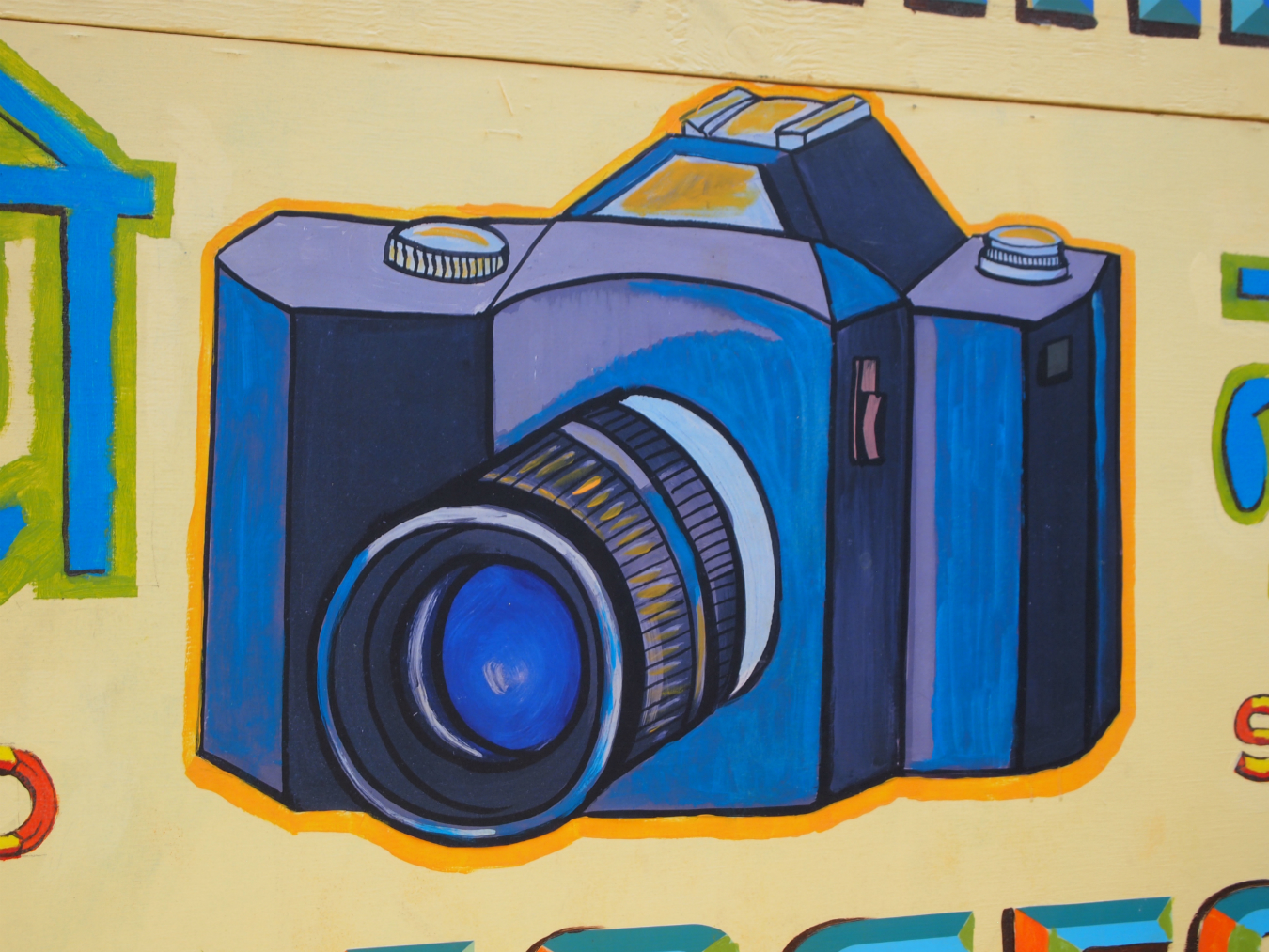It’s early July and Aradhana Seth has only been in Vancouver for a few days, but she already has a strong lay of the land. It’s more than just geography and neighbourhoods that she has figured out, though; it’s a deeper analysis that would normally only come after months of immersion. “I think it has a lot going on,” the Indian set designer and artist says of the city. “I get the rhetoric that it’s not like Toronto, but I get the sense that there is a lot going on in the way of thoughts and ideas. I think sometimes when those thoughts and ideas that are nurtured and nourished here, they can go to other parts of the world, but I think there is a lot going on, actually.” It is an acute observation, and a testament to her character and the way she approaches her work. Having designed sets for Hollywood films including The Darjeeling Limited and The Bourne Supremacy, acted as production designer for Deepa Mehta’s Fire and Earth, and worked on 18 international documentary films, Seth is used to working with minutiae, descending upon a space and turning it into something believable, tangible. Working in cinema means she is no stranger to whimsy, but as she sits on a bench overlooking Coal Harbour, reflecting on her career thus far, it becomes clear she is firmly planted in reality.
Seth made the trip to Vancouver, her first, for the 2015 Indian Summer Festival. Throughout the event, she wandered the city with a photo cart for an art project she dubbed The Merchant of Images, taking photos of strangers in front of a vibrant hand-painted backdrop of the Taj Mahal. “Because everyone has a camera and everyone has a phone, photography has become so democratized in a way, and fewer everyday people sit for photographs. It’s gone into a much more rarified form, this idea of sitting for a photograph,” says Seth. “I’m interested in this idea of inviting people to come and sit for a picture, just to sit. It’s really simple in one way, but not so. If you come in and you sit in the spot, you are also a participant.” The cart was inspired by her work on The Darjeeling Limited, a film by popular quirky director Wes Anderson. “He was amazing to work with,” she says of Anderson. “If he likes the aesthetic, if he trusts that, then he lets you do it.” She worked on the film with two American designers, one of whom worked on The Life Aquatic with Steve Zissou, and the other who recently did The Grand Budapest Hotel. The Darjeeling project was quite a feat, largely filmed on a real train that had been stripped, soundproofed, and re-windowed. “Each compartment was 70 feet long and 10 feet wide,” Seth recalls. “The camera was mounted on the ceiling so you wouldn’t see all the clutter.” Her vision is painted all over the film, from the bright blue pattern in the train bathroom to the oranges and reds that line the booths.
Growing up, Seth would walk into a room and mentally rearrange it, fixing colours and changing furniture. It’s no wonder she ended up in set design, then, an industry where her imagination is her playground. “You start with the script and get as many clues as you can,” she explains. “The first time, I read it as a story, and the second time I mark it up: what are the locations, the actual props? You do, in a way, impose a subjective reality onto that person, because you start building their room. Say she’ll have a double bed—what will her duvet be like? What will her walls be like?” Every inch of a character is examined for telling nuances and details, allowing Seth to craft entire worlds. “It’s from your imagination, your understanding of the material, research,” she says. “Once you’re complete in that, you can play.”
That is, until the teardown. Seth remembers the first time she saw a big set being destroyed: it was four homes built on a gorgeous beach in Goa for The Bourne Supremacy. “The main house, which is where Matt Damon pretended to live, was built from the ground up with tons of detailing and thought and ideas, because we had a long time to build it,” she says. “As opposed to: sometimes we have to build a set in six days and it comes up so fast, the process of its evolution is much faster, so its teardown just happens.” For the Bourne set, a bulldozer was involved in its demise, and an emotional Seth kept her distance. “I sent my assistant,” she remembers. “I was like, ‘I don’t want to see it torn down.’ They had to. They had it only for six months, this spot, they couldn’t keep it. It was meant to be just temporary. It looked permanent.” Her mind jumps to Darjeeling: “Even the train, it was completely crazy, I can’t believe they didn’t keep the train.” It’s the nature of the business, a stipulation of a job that surely rewards more than it stings.
Seth is also dedicated to her artwork, often painting everyday objects that end up in the sets and scenes she designs. Straddling the two worlds is a natural movement for her, allowing her to exercise both parts of her brain, working alone, as an artist, and with a group, on films. “I like the balance,” she says. “Just being on your own, I’m not so sure it works for me; and being surrounded by people, also not for me.” So she mixes the two, intertwines them, pulls them apart and mashes them together, simultaneously noticing the big picture and revealing its twisted, intricate underbelly.













